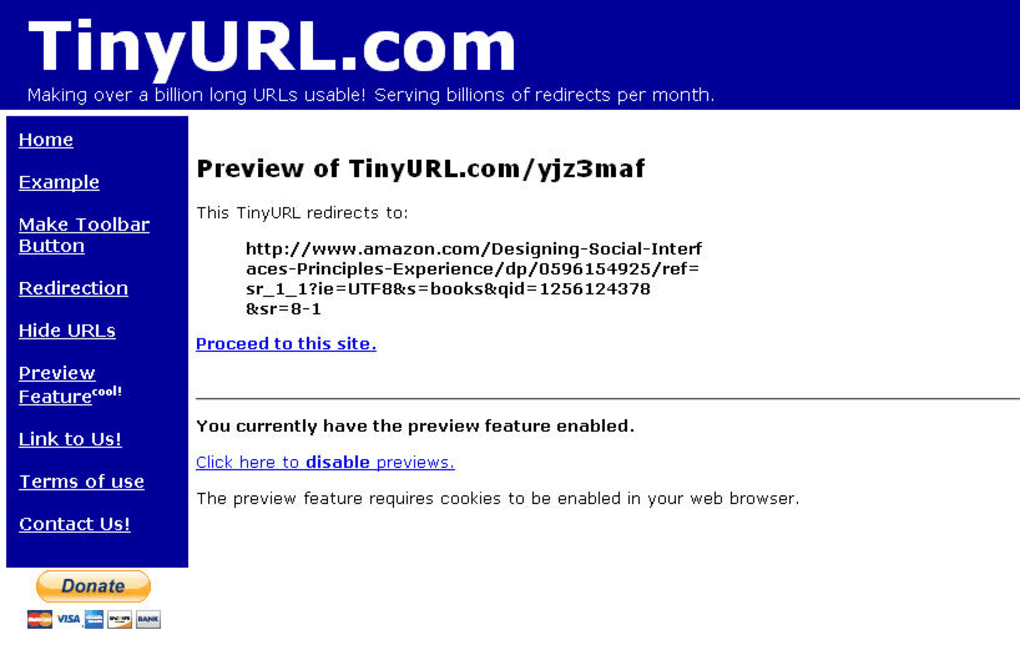

However, there are steps you can take to ensure you have the most transparency possible. Spam filtering does have the potential to have an impact on your deliverability. What can you be using instead of a shortened URL? While Google and Microsoft have now fixed the issue, it does make you ponder on the vulnerability of shortened links. Two researchers spent a year and a half inspecting shortened URLs from Microsoft OneDrive and Google maps, discovering that they led directly to individual files and folders, along with addresses associated to specific accounts. Sailthru finds URL shortening can compromise your data too. Being blacklisted by a user or ISP/ESP can hurt your reputation, something that can hold more weight than your email’s quality and content. Once they’ve experienced the nasty side of a shortened URL, they may never trust one again – even from a company they once loved. If any of your users have experienced endless redirections or falling into a spammer’s trap before, simply using the practice of shortened URLs could affect your reputation among clients, according to OnCrawl. Your chosen URL shortening service may have temporary issues, stop working, have errors, or wind up on spam block lists – something out of your control that you can’t easily fix. You have less control over your URL with URL shorteners:Įven legitimate shortened URLs can be reported as spam, leading to URL shortener sites disabling them. They could be taken to a website they wouldn’t normally visit, making them less likely to click your URLs in the future.
#Tinyurl com spam full
Using a shared domain shortener puts you at risk of getting blacklisted by ISPs (and even some social media sites, too).įorbes finds that even if you’re NOT sharing a malicious or spammy link full of annoying redirects, users are still left feeling annoyed. Great for hackers or spammers, but highly suspicious for you. Trusting a shortened URL is a challenge among email users because you can’t see the URL destination, and there’s no telling who created it either. Plus, if your email receivers are suspicious of certain URL shorteners, they may opt to be on the safe side and block you themselves. It has also been found that shorteners are an easy place to hide malicious websites and hosted files from their victims. Many large sites, including Pinterest, now completely disallow the use of URL shorteners all together. Medium suggests URL shorteners have become the ideal spot for spammers to hide complex and threatening URLs they want you to visit. But why are URL shorteners considered suspicious?

”īy simply removing all shorteners and using the original destination URL in your email content, mail delivery returns to normal. “ Our system has detected that this message is suspicious due to the nature of the content and/or the links within. When sending emails to popular ESP Gmail, a seemingly harmless bit.ly link could be stopping your clients from receiving your email at all. It has been found that certain URL shorteners are major red flags for Google. The downside that simply can’t be ignored is the fact that shortened URLs have become hiding spots for spammers causing Google to treat them suspiciously, leaving you with deliverability problems. It’s a helpful third-party service, but on the flip side can harm your SEO performance. One hundred characters become ten, and you’re left with one aesthetically-pleasing link.Īs Medium explains, both the full URL and bit.ly link will take you to the same destination, but the bit.ly link looks tidy and has the ability to gather additional statistics like the number of clicks, locations, and more. Pop in your full URL address and these sites will create a short and easy-to-digest alternative. Where full URLs are lengthy, clunky, and intimidating, there’s bit.ly, TinyURL, Ow.ly, and more. Linking to external sources for more information, a relevant video or an important form is common practice in both emails and social media. Understand why URL shorteners aren’t always the best choice for your emails, and what you could be doing instead. URL shorteners may have been your go-to for creating tight and tidy emails that are easy on the eye, but there’s a chance they’ve been up to no good. When it comes to emails, looks are important, but reputation and deliverability beat a link any day.


 0 kommentar(er)
0 kommentar(er)
